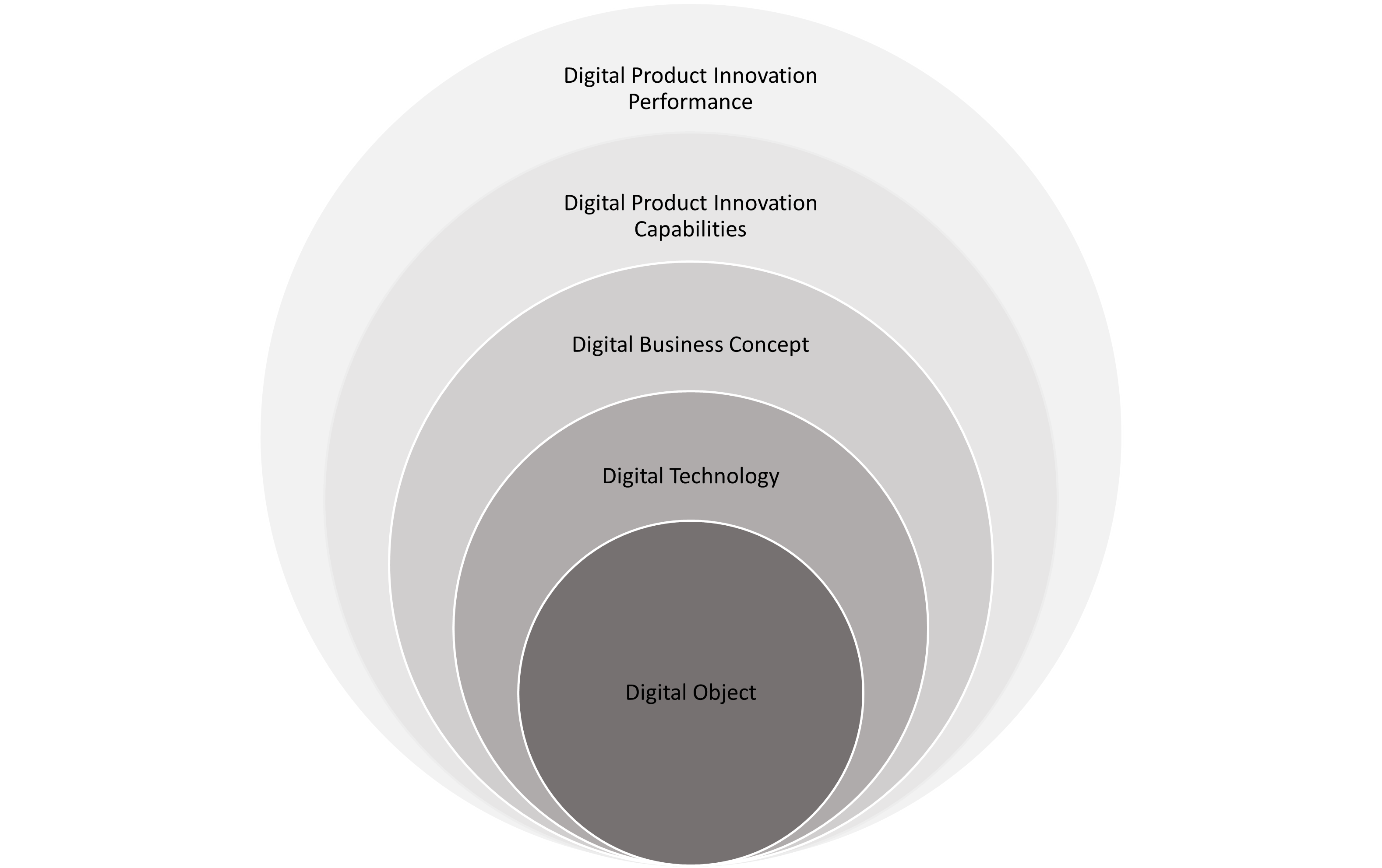In DigiReactor, we promise to help people interested in “all the different aspects of digital product development”. While working in the project with participants with all kind of interesting ideas and innovations and while taking part of our expert´s lecture series, it has become clear the term “digital product” can mean a plethora of things. It can mean downloadable digital products or interactive digital products. They can be desktop apps or mobile apps. Often they are intangible, but some of them can even be partly physical, such as videos, wallpapers or e-books. In short, everything that is at least partly code-based and creates value to a customer is a digital product or service. When digging deeper in to the concept of “digital product”, we can find several layers that together create a successful, even profitable and sustainable product. Starting from a very beginning, a digital product is based on digital technology, which can be defined a digital object with a social agreed-upon meaning, such as information, computing, communication, and connectivity technologies. Digital technology, in turn, is based on digital objects, which are purely technical objects, such as bit strings. [1] In sum, the core of a digital product is digital objects, which are the elements of digital technology (Figure 1).

However, the story does not end here. In order to build a successful digital product, it should create value to someone and someone should be somehow willing to pay for it. That is why you need also digital business concepts, which are defined here as “novel IS-based product solutions, business applications, and product concepts”. Moreover, you need digital product innovation capabilities, which are “the ability to assemble, mobilize, and deploy digital resources (i.e., digital technologies, digital solutions, and digital business concepts)”. This then finally can lead to successful digital product Innovation performance that is the successful implementation of product development and the effectiveness of such projects. [2] You should also note that the layers interact with each other and as you learn and understand more of the contents of the different layers, something new comes up. This is the evolution or development life cycle of your digital service.
It may all seem a little complex and puzzling. But don´t worry! In DigiReactor we are there for you to help to build each layer so that it can finally become a success story. We will start our next coaching set in November 2022 and start working with new digital product ideas. Hope you have already enrolled!
Reetta Raitoharju,
Senior lecturer
Turku University of Applied Sciences
[1] Axel Hund, Heinz-Theo Wagner, Daniel Beimborn, Tim Weitzel, Digital innovation: Review and novel perspective, The Journal of Strategic Information Systems, Volume 30, Issue 4, 2021, 101695, ISSN 0963-8687, https://doi.org/10.1016/j.jsis.2021.101695.(https://www.sciencedirect.com/science/article/pii/S0963868721000421)
[2] Wiesböck, Florian, (2019). ”INNOVATING IN A DIGITAL WORLD – THE ROLE OF DIGITAL PRODUCT INNOVATION CAPABILITIES”. In Proceedings of the 27th European Conference on Information Systems (ECIS), Stockholm & Uppsala, Sweden, June 8-14, 2019. ISBN 978-1-7336325-0-8 Research Papers. https://aisel.aisnet.org/ecis2019_rp/46

